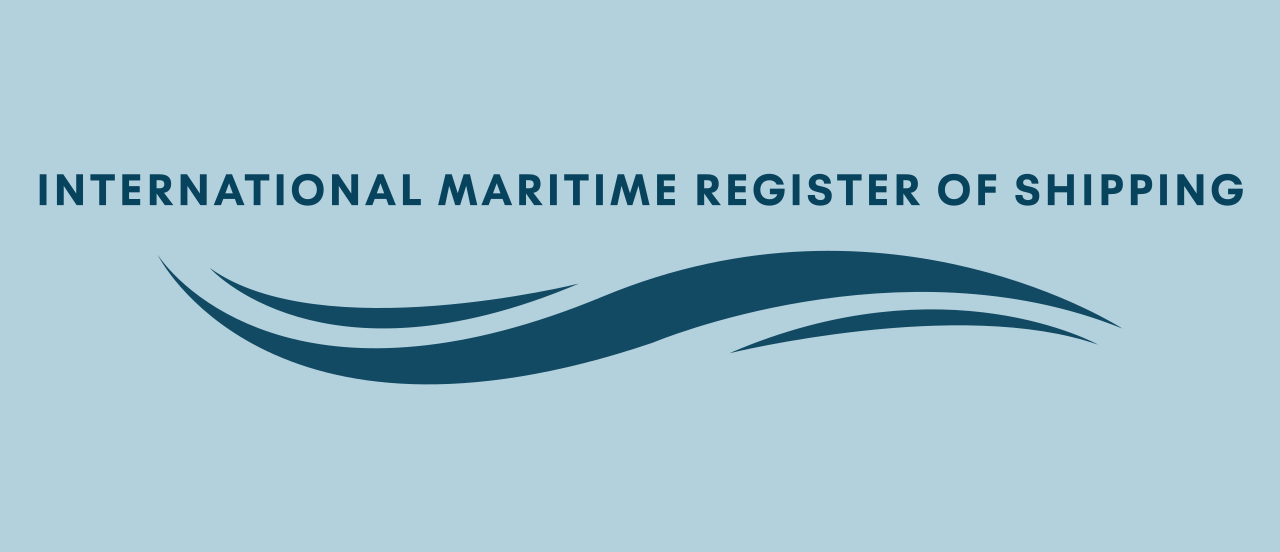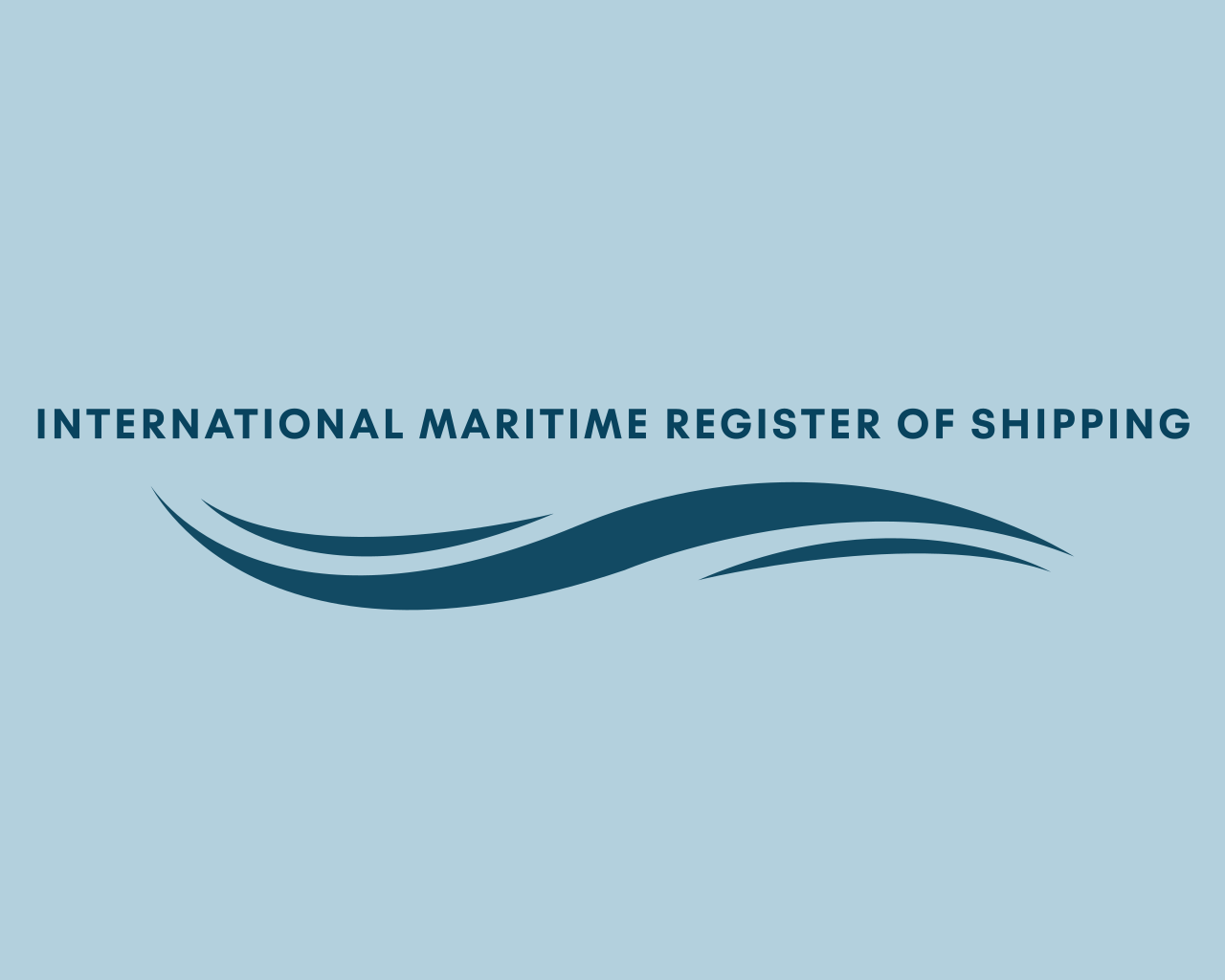The International Maritime Dangerous Goods (IMDG) Code
ILO MLC 2006
ILO MLC 2006
Statutory
The International Maritime Dangerous Goods (IMDG) Code is an international guideline for the safe transportation of dangerous goods by sea. Developed and maintained by the International Maritime Organization (IMO), the IMDG Code provides comprehensive instructions for the classification, packaging, marking, labeling, handling, and transportation of hazardous materials on ships. Its primary objective is to ensure the safety of seafarers, the protection of the marine environment, and the prevention of accidents and incidents involving dangerous goods during maritime transport.
Key Objectives of the IMDG Code:
Ensuring Safety: The primary goal of the IMDG Code is to promote the safe transportation of dangerous goods by providing standardized procedures and regulations for their handling and carriage. By following the guidelines outlined in the code, shipping companies, carriers, and port operators can mitigate the risks associated with transporting hazardous materials and prevent accidents, spills, and other incidents.
Protecting the Marine Environment: The IMDG Code includes measures to prevent pollution of the marine environment from the release of dangerous goods during transportation. It mandates strict packaging, labeling, and stowage requirements to minimize the likelihood of spills and contamination of the sea with hazardous substances.
Facilitating Trade: While prioritizing safety and environmental protection, the IMDG Code also aims to facilitate international trade by establishing harmonized standards for the transportation of dangerous goods. By providing clear and consistent guidelines, the code helps ensure the smooth flow of goods across borders while minimizing the risks to maritime safety and security.
Key Components of the IMDG Code:
Classification of Dangerous Goods: The IMDG Code provides criteria and guidelines for the classification of dangerous goods based on their inherent hazards, such as flammability, toxicity, corrosiveness, and explosiveness. Goods are categorized into various classes, divisions, and packing groups, each requiring specific packaging, labeling, and handling procedures.
Packaging and Marking Requirements: The code specifies packaging standards for dangerous goods to ensure their safe transport by sea. It mandates the use of approved packaging materials, such as drums, boxes, and containers, and requires proper labeling, marking, and placarding to identify the nature of the goods and convey essential safety information to handlers and emergency responders.
Documentation and Reporting: The IMDG Code requires shippers to prepare accurate and complete documentation for the transportation of dangerous goods, including shipping manifests, dangerous goods declarations, and emergency response information. These documents provide essential information to carriers, port authorities, and emergency responders to facilitate safe handling and response in case of emergencies.
Stowage and Segregation: The code includes provisions for the safe stowage and segregation of dangerous goods onboard ships to prevent incompatible substances from coming into contact and causing reactions or accidents. It specifies requirements for the separation of different classes of dangerous goods and provides guidance on their proper placement and securing during transport.
Overall, the IMDG Code plays a vital role in promoting the safe and secure transportation of dangerous goods by sea. By providing comprehensive guidelines and standards, the code helps ensure the protection of human life, property, and the marine environment, while facilitating global trade and commerce. Compliance with the IMDG Code is essential for shipping companies, carriers, and port operators to minimize risks and liabilities associated with the transport of hazardous materials and uphold their commitment to maritime safety and environmental stewardship.
Under the International Maritime Dangerous Goods (IMDG) Code, several documents are required to ensure the safe transportation of hazardous materials by sea. These documents play a crucial role in providing information about the nature, handling, and emergency response procedures for dangerous goods, as well as facilitating compliance with regulatory requirements. The key documents required under the IMDG Code include:
Dangerous Goods Declaration (DGD):
- The Dangerous Goods Declaration is a document prepared by the shipper or their authorized representative that provides detailed information about the dangerous goods being transported. It includes essential details such as the proper shipping name, UN number, class, packing group, quantity, and packaging type of the hazardous materials.
Shipper’s Declaration for Dangerous Goods:
- The Shipper’s Declaration for Dangerous Goods is a specific form used to provide comprehensive information about the dangerous goods being shipped. It includes details such as the shipper’s name and address, consignee’s name and address, emergency contact information, and a declaration of compliance with the IMDG Code requirements.
Container Packing Certificate:
- The Container Packing Certificate is issued by the shipper or their authorized representative to certify that the dangerous goods have been properly packed and secured in compliance with the IMDG Code requirements. It confirms that the packaging meets the necessary standards for the safe transport of hazardous materials.
Transport Document:
- The Transport Document is a document issued by the carrier or their agent that accompanies the dangerous goods during transport and provides information about the shipment, including the shipper’s details, consignee’s details, description of the goods, and handling instructions. It serves as a formal record of the shipment and facilitates communication between parties involved in the transportation process.
Emergency Response Information:
- Emergency Response Information consists of documents or labels attached to the packaging of dangerous goods to provide essential information for handling and responding to emergencies. It includes details such as the proper procedures for controlling spills, fires, or leaks, as well as emergency contact information for the shipper or responsible parties.
IMDG Code Supplement:
- The IMDG Code Supplement contains additional guidance and instructions for the safe transport of specific classes of dangerous goods or commodities. It provides information on special handling requirements, packaging specifications, and emergency response procedures tailored to the characteristics of different types of hazardous materials.
Transport Emergency Card (TEC):
- The Transport Emergency Card is a quick reference guide that provides essential emergency response information for the dangerous goods being transported. It includes instructions for responding to spills, leaks, fires, or other incidents involving the hazardous materials and serves as a valuable resource for emergency responders.
The following certificate is to be issued upon verification of the code compliance:
International Maritime Dangerous goods Document of Compliance
- The IMDG Code Compliance Certificate is issued to ships and shipping companies to certify that they have implemented and maintained procedures and practices in accordance with the requirements of the IMDG Code. It confirms that the vessel and its crew are equipped and trained to handle and transport dangerous goods safely.

